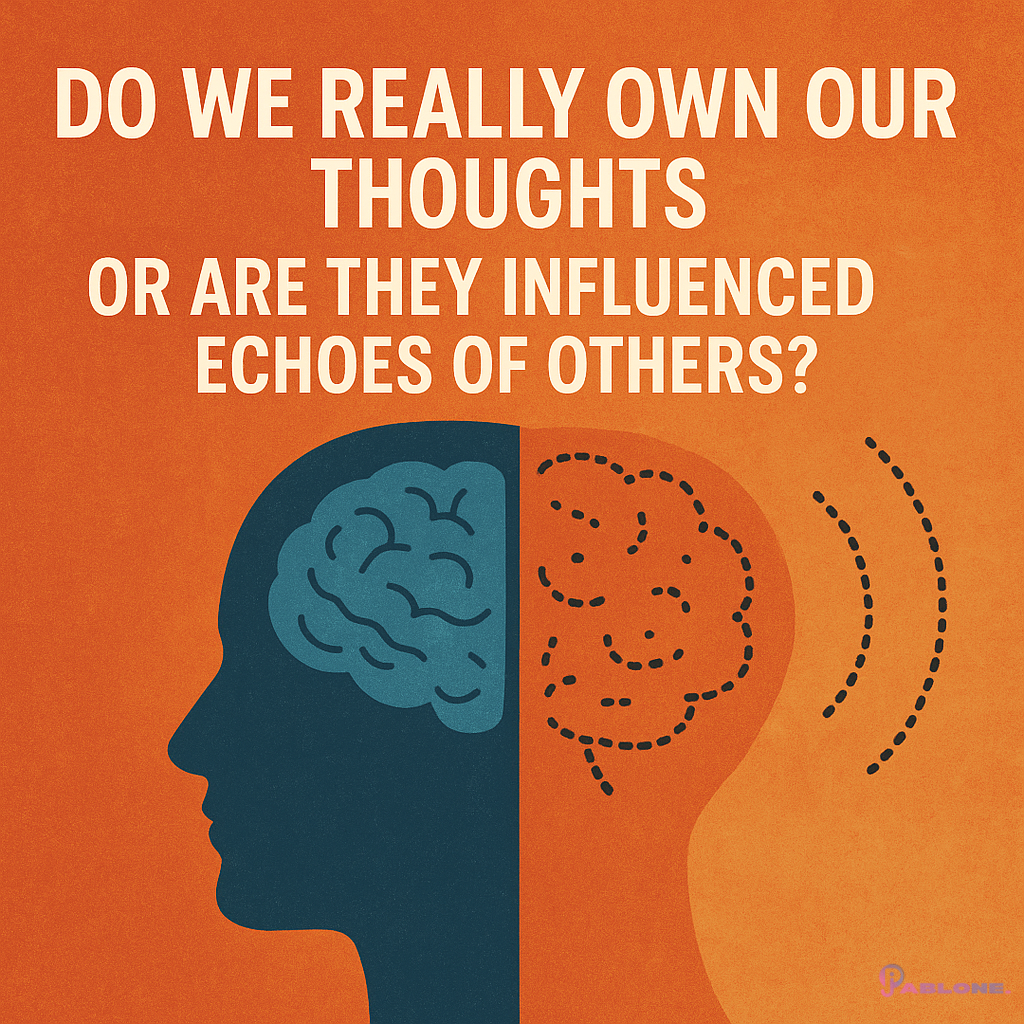Economics is a social science that explores how individuals, businesses, governments, and societies allocate resources to satisfy their needs and wants. It encompasses a wide range of topics, from the analysis of individual decision-making to the study of global economic systems. Understanding economics is crucial for comprehending the mechanisms that drive production, consumption, and distribution of goods and services, influencing the overall well-being of individuals and societies.
Foundations of Economics:
1. Scarcity and Choice:
– At the core of economics is the concept of scarcity – the idea that resources are limited relative to human wants.
– Individuals and societies must make choices about how to allocate scarce resources, leading to the study of opportunity costs.
2. Supply and Demand:
– The interaction of supply and demand determines prices and quantities in markets.
– An equilibrium is reached when the quantity supplied equals the quantity demanded.
3. Utility and Marginal Analysis:
– Economics examines the satisfaction (utility) individuals derive from consuming goods and services.
– Marginal analysis involves evaluating the additional benefit versus the additional cost of an action.
4. Factors of Production:
– Land, labor, capital, and entrepreneurship are the factors of production.
– The efficient combination of these factors is essential for economic growth.
Microeconomics:
Microeconomics focuses on individual economic agents – consumers, producers, and firms. Key topics include:
1. Consumer Behavior:
– Analyzes how individuals make choices based on preferences, budget constraints, and utility maximization.
– The concept of elasticity measures the responsiveness of quantity demanded to changes in price.
2. Production and Costs:
– Examines how firms combine inputs to produce goods and services.
– Different cost structures influence production decisions and market supply.
3. Market Structures:
– Competitive markets, monopolies, oligopolies, and monopolistic competition are market structures influencing pricing and output decisions.
– Market failure occurs when the market does not allocate resources efficiently, leading to interventions like antitrust laws.
4. Income Distribution:
– Studies how income is distributed among individuals and households.
– Economic policies and social programs aim to address income inequality.
Macroeconomics:
Macroeconomics explores aggregate economic phenomena, focusing on the overall performance of economies. Key topics include:
1. Gross Domestic Product (GDP):
– GDP measures the total value of goods and services produced in a country.
– It serves as an indicator of economic health and is classified into consumption, investment, government spending, and net exports.
2. Unemployment:
– Examines the labor market and the percentage of the workforce without jobs.
– Different types of unemployment, such as frictional, structural, and cyclical, are studied.
3. Inflation:
– Inflation measures the rate at which the general price level of goods and services rises.
– Central banks often target a specific inflation rate to maintain price stability.
4. Monetary and Fiscal Policy:
– Central banks use monetary policy (interest rates, money supply) to control inflation and stabilize the economy.
– Governments employ fiscal policy (taxation, government spending) to influence aggregate demand.
5. International Trade:
– Analyzes the exchange of goods and services between countries.
– Comparative advantage, trade balances, and protectionist measures are crucial considerations.
Economic Systems:
Different economic systems exist globally, each with its own set of principles and structures:
1. Capitalism:
– Characterized by private ownership of the means of production and free market competition.
– Prices and production are determined by market forces.
2. Socialism:
– Features collective or government ownership of certain industries.
– Aims for a more equitable distribution of wealth.
3. Mixed Economy:
– Combines elements of both capitalism and socialism.
– Governments intervene to address market failures and ensure social welfare.
4. Command Economy:
– Centralized planning by the government determines production and distribution.
– Often associated with communist regimes.
Global Economics:
Globalization has interconnected economies worldwide, influencing trade, finance, and economic development:
1. International Organizations:
– Institutions like the International Monetary Fund (IMF) and World Bank play roles in stabilizing and financing global economies.
2. Trade Agreements:
– Countries enter agreements (e.g., NAFTA, WTO) to facilitate trade and economic cooperation.
– Tariffs and trade barriers impact global commerce.
3. Exchange Rates:
– The value of currencies relative to each other affects international trade.
– Exchange rate systems vary, including fixed, floating, and managed arrangements.
4. Development Economics:
– Examines factors influencing the economic development of nations.
– Issues such as poverty, education, healthcare, and infrastructure are critical considerations.
Economics is not only a theoretical discipline but also a practical tool for policymakers, businesses, and individuals. It provides valuable insights into decision-making, resource allocation, and the functioning of economies at various levels. As economies continue to evolve, the study of economics remains essential for navigating the complex challenges and opportunities inherent in the dynamic world of global commerce.







Leave a Reply